My career goals have, for over a decade now, been centered around the ocean and its inhabitants. So how did a nine-year-old from Colorado decide on this life path and pursue it from her land-locked home state? Well it’s a bit of a long story, but it involves a birthday spent in the shark tank at the aquarium, a movie about a rescued dolphin, as many trips to the ocean as possible, and a couple of amazing study abroad opportunities as I work toward earning my zoology degree at CSU. Which now brings me to my time as a Siegele Intern. During one trip abroad last fall (2022), I happened to become acquainted with Dave Anderson, the director of CNHP. I discussed with him my passions for ecology and conservation, and he recommended that I apply for a position in the internship for the upcoming field season. Flash forward nine or ten months, and I’ve just finished up my Siegele summer and am ready to apply all that I’ve learned to my ambitions for the future.
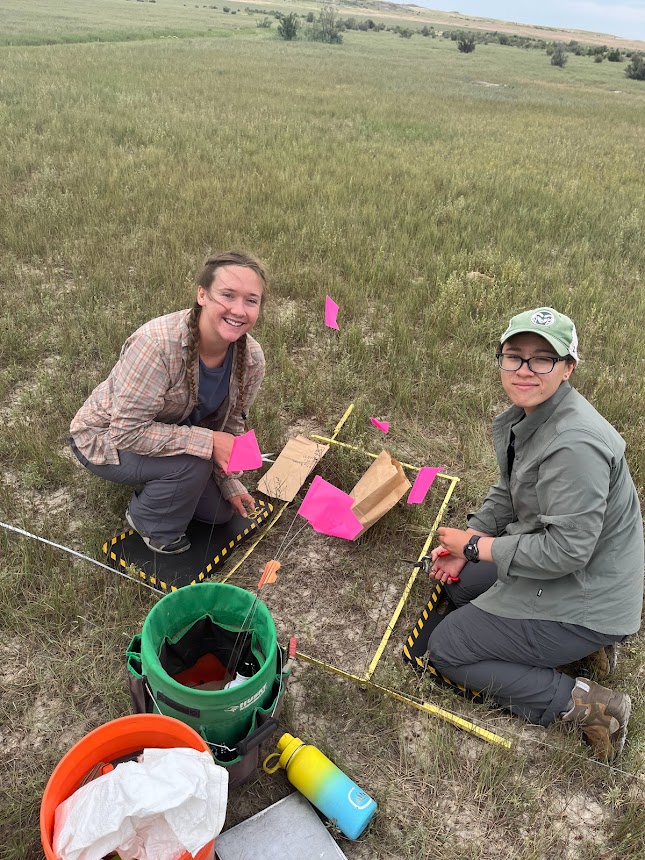
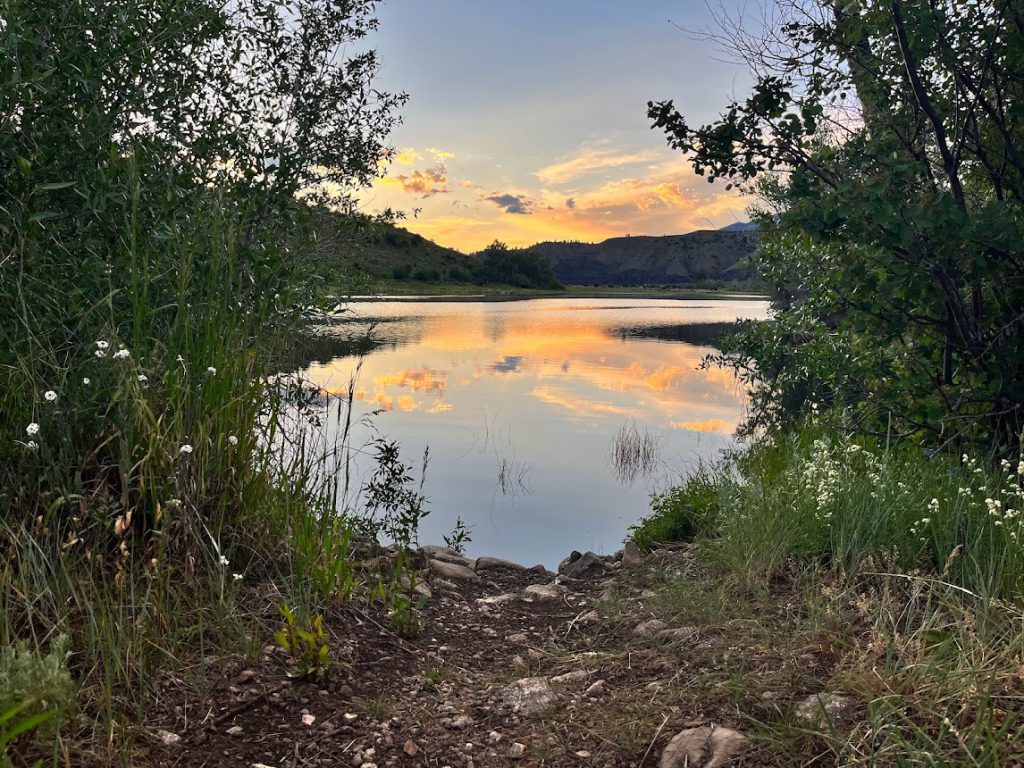
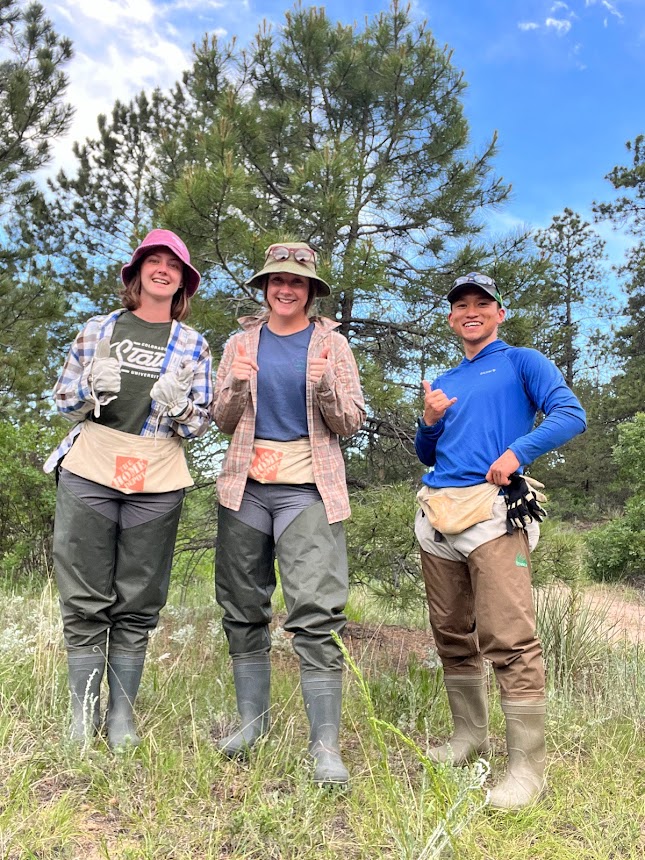
There’s no way to describe a “typical day” as a Siegele Intern because, depending on your itinerary, your daily work schedule may be changing every couple of weeks, once a week, or nearly every day. I tended to be assigned to projects for a week or two before switching it up and heading somewhere new, so that’s the experience to which I am able to speak. While I’d love to go into detail on each of my assignments, I could fill a novel with all of the work I conducted, so I’ve chosen to give a brief overview of just a few highlights of my summer.
I think if you were to ask all of the interns about their favorite part of the season, most of us would ramble on about the time we spent at Rifle Ranch. In addition to just getting to know each other and having fun bonding over games of cards and cornhole, this was our first full week of training, and many of the things we were taught became applicable throughout the internship. For four nights, all of the interns camped together on a 120-acre ranch owned by John Powers near Rifle, CO. During our time there, we went for a few hikes led by Dave Anderson, during which we practiced plant and bird identification. On another morning, Jessica Smith of the CNHP botany team led us through a brief plant identification lecture before taking us into the field to assist in line point-intercept surveys. CNHP has been working with Mr. Powers for the past few years to restore a riparian area on his ranch, so our surveys of plant diversity were used to determine the success of this project. We also spent a day meeting with employees of various land trusts, learning about conservation easements and watershed management to better enable us to advise Mr. Powers as he considers placing his ranch under a conservation easement. One evening there, all of the interns trekked out to a small pond with Terutaka Funabashi (Funa), a CNHP zoology technician and previous Siegele Intern, and recorded bat calls using a special device that instantly identifies the bats by species. Finally, on our way back to Fort Collins, we all paid a visit to an existing conservation easement, which has been split into both a natural area with a few public trails and a small CSA farm. This tour allowed us to gain a better understanding of the various ways in which the protected private land can be used.
To begin the real field work for the season, six other interns and I spent one day with Rachel Sudbeck and Waverly Davis, two DNR contractors, on their northern leopard frog project. We began with population monitoring and, for a few hours, we walked around a wetland area on a ranch northeast of Fort Collins looking for the frogs. While we first experienced great success in catching plains topminnows and various species of snakes, we were eventually also able to capture five adult northern leopard frogs. Later that afternoon, we headed to the Innovation Center in Longmont to learn more about an ongoing population restoration project in Boulder County. The St. Vrain Valley School District has partnered with Colorado Parks & Wildlife, as well as several local conservation organizations to raise northern leopard frog tadpoles in captivity before releasing them into ponds across the county that have recently lost their native populations to the chytrid fungus.
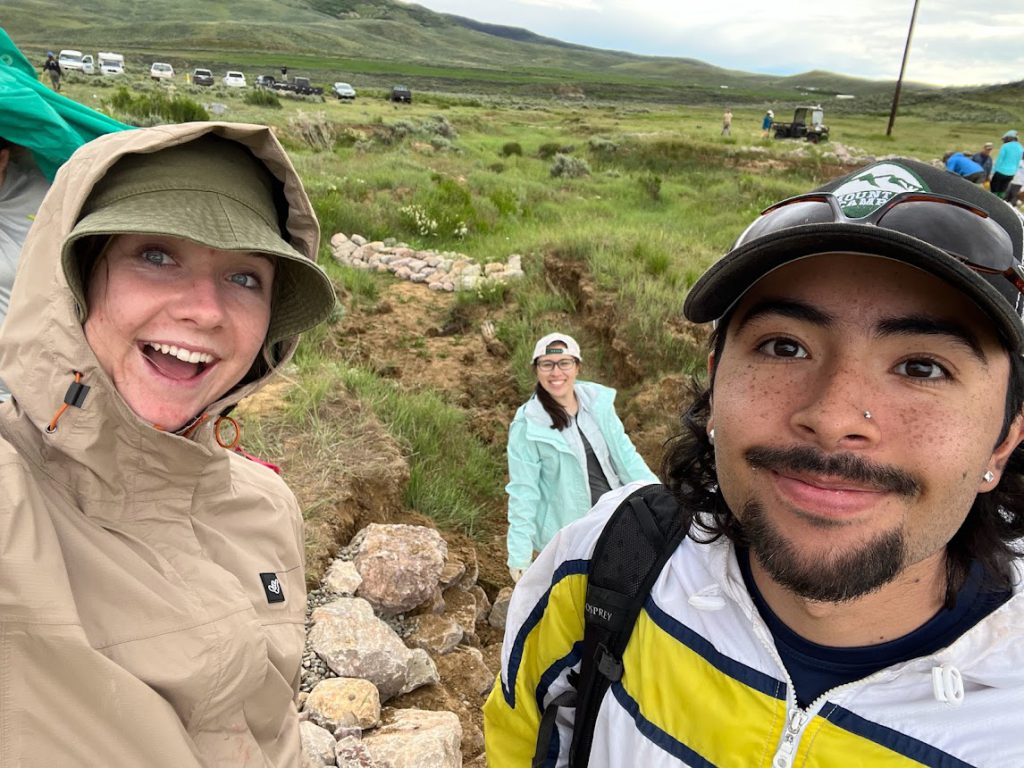
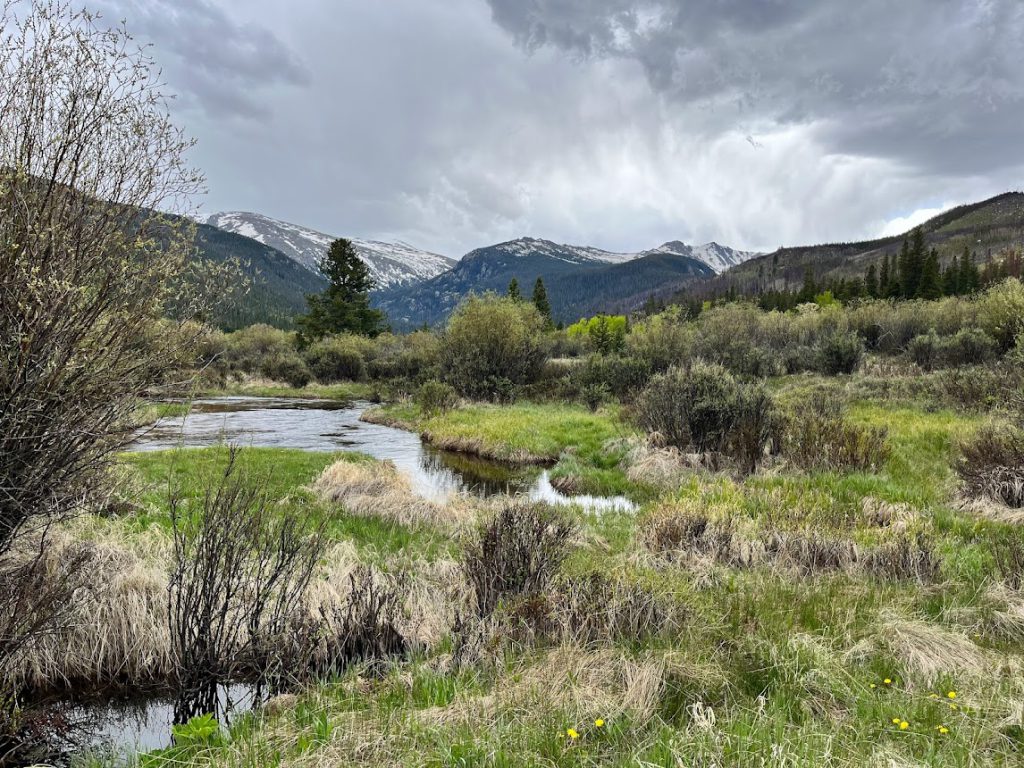
A little later on in the summer, I spent two weeks, with one other intern accompanying me during each, down at the Air Force Academy with Funa and Rob Schorr, another member of the CNHP zoology team. Rob has been conducting research on the threatened Preble’s meadow jumping mice (PMJM) at the Academy for nearly three decades, observing population fluctuations along Monument Creek with every encroaching development. Each evening we would set 480 live traps across twelve different transects and check them all the next morning. We’d record everything that was captured, but when a PMJM was caught, we’d take note of its weight, sex, reproductive status, and insert a PIT tag — if the individual had not already been tagged — before sending them on their way. Rob would later be able use the data we collected to make an estimation of how many mice are actually inhabiting the area, determine which individuals are surviving from year to year and how their range may vary, and learn more about the ability of this small population to rebound following disturbance and the arrival of new species. During our time there, we also took a total of thirty vegetation surveys at random points along the transects in order to better understand the makings of the ideal habitat for PMJM.
While my experience in the Siegele Conservation Science Internship is not directly related to the ocean, its foci in conservation and ecology are very relevant to my passions. I also feel that the knowledge I gained from the wide variety of field work I conducted this summer will provide me with a leg up once I begin research on marine species and communities. In addition, I seized the opportunity to make strong connections with many of the scientists I worked with, which have already proved to be helpful in securing future employment, and hopefully, eventually, my own place within the scientific community. Overall, I believe this internship to have been nothing but beneficial to both my education and my career. I learned a tremendous amount in the realm of conservation biology, and gained priceless experience and contacts that will aid my professional progress in the years to come.




